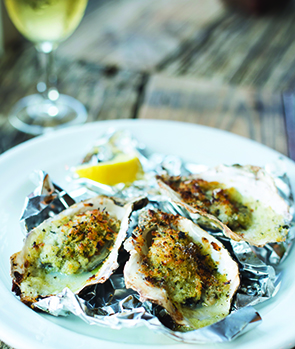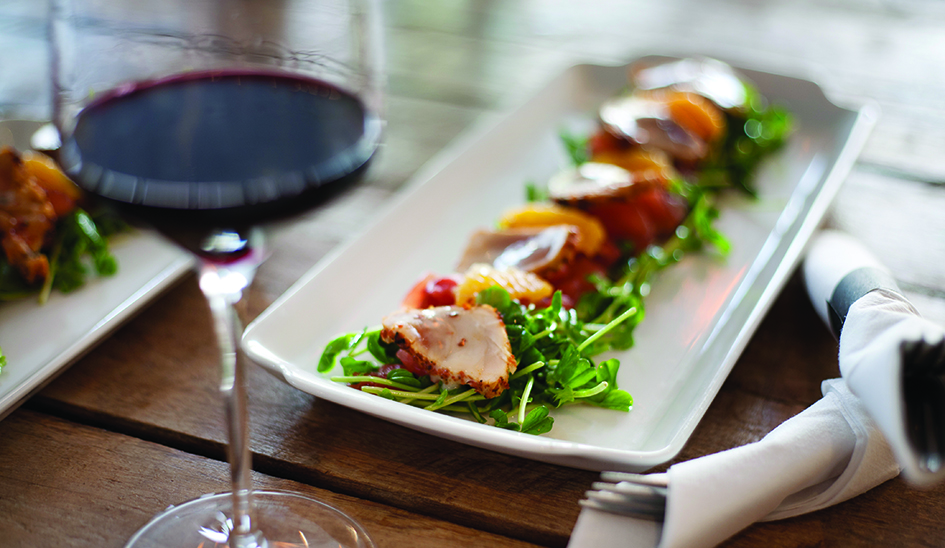Is the world of wine confusing enough without adding food to the mix? Alex Rushmer has some advice
Before opening the Hole in the Wall I thought I knew very little about wine. In the five years since I took it on I’ve learned a huge amount. I’ve learned so much that I no longer think I know very little about the subject; I am convinced of it. There are foreign languages within foreign languages to get one’s head around. There are scientific principles to understand. There are even dozens of ways to refer to the same things. There are thousands of grape varieties to taste and learn about and hundreds of wine-making regions all with their specific geographic nuances, terroirs and soil compositions.
There is malolactically fermented, skin-contact, amphorae-aged white wine and there is directly pressed, minimal intervention, low-dosage, no-added sulphite sparkling wine and there is barrel-aged, single block, hand-harvested biodynamically grown red wine. It’s enough to give you a headache even before you’ve even cracked open the organic old-vine Zinfandel from the Napa Valley.
“When we’re working on wine pairings, we tend to focus not on main ingredients but on the dominant flavours”
And things get even more complicated when you throw food into the equation. Of course, there are generally accepted rules for pairing food and wine: shellfish should be matched with dry whites, pork works with fruity white wines and steak needs a deep, dark red in order to be properly enjoyed. But these aren’t hard and fast regulations, merely guidelines to help you on your way, not to mention generalisations that fail to take into account the rest of the dish: the accompaniments, sauces or other dominant flavours such as spices, for example. The wine you choose to pair with a grilled côte-de-boeuf could be wildly different from that which works with a braised beef cheek. Yes, a flinty Loire Valley Sauvignon Blanc would offset the briny tang of a bowl of steamed mussels but throw some cream, or pasta, into the dish and suddenly you have a clash rather than harmonious cohabitation.

When we are working on wine pairings for dishes in the restaurant, particularly for those on our tasting menu, we tend to focus not on principle ingredients but rather on the dominant flavours. Which herb or spice do we wish to emphasise? How will the texture and mouthfeel of the dish differ with one wine or another and finally? Do we want to provide a chord or a counterpoint? In other words would the dish work better if we tried to pair it with a wine that plays on contrast rather than accord?
OK, so we do have a well-stocked cellar with about 100 wines to choose from but back in the real world you can take the same approach when picking wine to drink at home. Work out the two or three key flavours in your dish and then think about wines with a similar flavour profile and remember that if you need advice there are half a dozen amazing independent wine merchants in Cambridge run by people who love nothing more than talking about wine and pairing it with food. Which brings me to the most important lesson I’ve learned over the last few years: never feel intimidated by the world of wine because there is always someone who will be delighted to help educate you.

